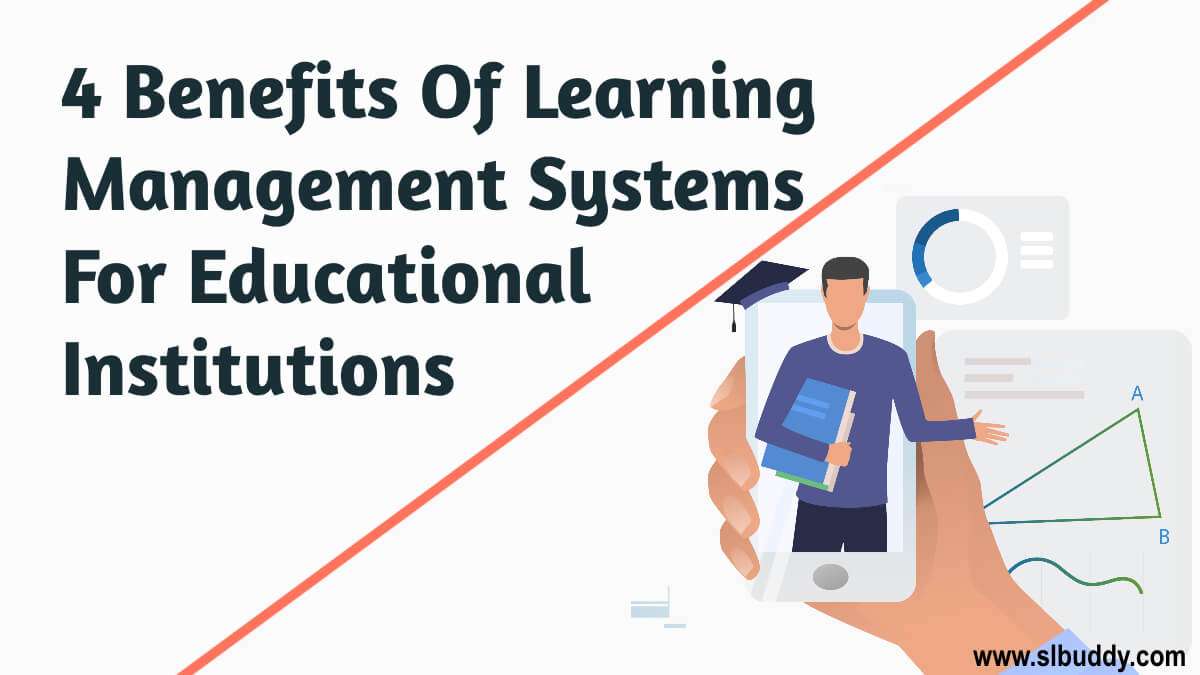
An LMS platform is an online platform that acts as a database for educational content and allows instructors and educators to automate tasks, streamline curriculum delivery, conduct examinations, and manage overall student conduct.
While both physical and online colleges rely on LMS for everyday tasks, the latter attaches particular use and convenience to them.
Every aspect of online class delivery is conducted through the said platform. LMS platforms enable e-learning and play a crucial role in course development and progress.
Learning management systems have grown to become the backbone of lecture and content delivery in most higher education institutions, and given below are the benefits of using a Learning Management System for an educational institution.
What Is Learning Management Systems
LMS is a collection of software that work together to offer a consolidated platform for all virtual classrooms across diverse educational institutions.
It makes administration, management, monitoring, and delivery of various training programs easier. More schools use e-learning software to teach kids since it streamlines and organizes the whole learning process.
It’s not unexpected that the worldwide LMS market is predicted to increase at a CAGR of 14% in the following years. By 2025, it is predicted to have increased from $3.4 billion in 2020 to $25.7 billion.
Benefits Of Learning Management Systems For Educational Institutions
The use of a learning management system (LMS) simplifies the process of monitoring and controlling the execution of educational courses.
It makes the administrative element of operating a school even more accessible to manage by ensuring a constant flow of information.
LMS platforms organize all content in a central location
Instead of managing learning content and case study documents in multiple folders and drives on your laptop or personal computer. LMS allows users to maintain an online directory and store all educational content in one place, including instructor slides, teaching notes, and assignments, sample papers, course outlines.
For instructors, disseminating course content is easier, and for students getting access to all course material in one place is convenient.
Especially this also reduces the risk of losing important course material for both instructors and students and allows both parties remote access to course work.
LMS platforms offer assessment and grading tools
LMS platforms help track student progress and performance in a given course through sophisticated assessment and grading tools. Instructors can easily carry out examinations and quizzes through the said platform and even run submitted work through in-built plagiarism checking software.
LMS platforms also allow instructors to grade their students’ work and allow students to track their performance in pertaining courses.
Through LMS, instructors can avoid the cumbersome process of distributing and collecting examination papers, which is unnecessarily lengthy and time-consuming.
LMS platforms enable flexibility in learning
LMS platforms enable flexibility in learning by making e-learning, hybrid learning, and blended learning possible for students. While e-learning represents an entirely online mode of education, LMS makes it possible by the platform acting as an entire university experience for online students.
Those who engage in blended and hybrid learning models, i.e., take in-person and online classes and use LMS for supplementary study material, also greatly benefit from the said platforms.
Students can hence maintain balance in their lives, primarily if they work or have additional personal responsibilities, while also catering to the fulfillment of their education.
LMS platforms offer insights and analytics
Instructors and educational institutes can use data generated from LMS platforms to assess how a course is being perceived, what makes specific courses popular, and what needs to be improved in any given course.
This information would allow instructors and institutions to make their course offerings tailored and more efficient while also applying their findings to other courses and departments of learning.
LMS platforms also feature in-built boxes and questions for students to assess instructor performance and course offerings, and feedback from those too can be taken into account.
It allows for greater flexibility
The emergence of blended and hybrid learning is one of the most significant ways the conventional classroom experience has evolved.
Blended learning enables students to attend in-person lectures while supplementing their knowledge with study resources from the LMS. Readings, notes, recorded lectures, lesson plans, and other materials might be included in the Learning Management System.
On the other hand, hybrid learning provides students with even more freedom by enabling them to attend courses in person or online while supplementing their learning with course content from an LMS.
The online courses may be accessed directly from the LMS. Students may choose how they want to attend lessons based on their interests.
This flexibility allows students to keep track of their attendance and avoid any disruptions in their course schedule if the school is closed.
Enhance student organization
An LMS lets teachers automatically add assessments, due dates, task requirements, criteria, and other information about a formative or summative task to a student’s calendar when they upload them.
This helps students plan their homework and assignments because they can see all of their tasks for the week, month, and term and add extracurricular and personal commitments. The calendar may also be shared with parents or guardians of the children.
Unlock deeper insights
An LMS gives schools and universities a lot of information to help them make better decisions. It also tells us more about how well students are doing than grades, attendance, and performance reviews.
The system can look at records and the status of other activities outside of school and send out a full report with all the information. In other words, it gives information that can be used to track how learning is going.
Teachers can quickly figure out which students need more help in each subject. Students who are good at a subject can also be told to work on their skills more. It lets teachers and administrators see where some gaps or things could be done better.
You can use different key performance indicators to track how students interact with courses, how long they spend on assignments, what devices they are using, and much more.
Conclusion
In line with the hyper-connectivity and digitization of all global institutions, educational institutes have rapidly evolved in terms of their technology usage. Almost every school, college, and university in developed nations use an LMS platform to keep their students and parents in the loop.
LMS platforms are beneficial for cohesive and coordinated learning and enable easy communication between instructors, students, and parents if needed.
LMS platforms can also be customized to suit a particular school’s or student’s need for personalized learning and hence are indispensable in their use.














